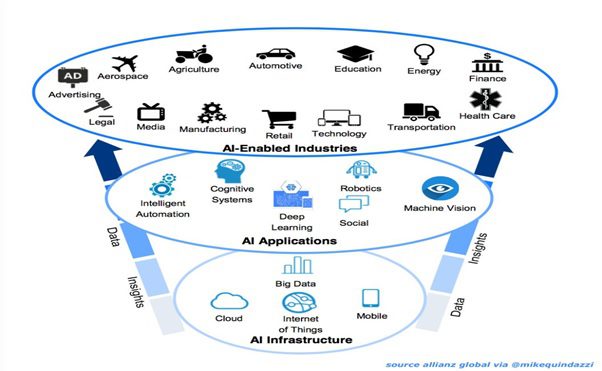In this article, we discuss how 5G technologies could empower the next generation enterprise AI applications.
What does it mean to develop carrier grade applications?
Carrier grade or Telco grade applications refer to a system or hardware or software component that is extremely reliable and well tested. In practice, this means applications which have high availability, fast recovery, guaranteed quality of service and redundancy.
For Enterprise applications, 5G could provide carrier grade capabilities such as
- A guaranteed quality of service
- A trusted, secure platform
- Collaboration tools based on video.
- Scalable deployments across multiple devices
- Augmented reality and mixed reality capabilities
- Platform capabilities
These capabilities could empower
- Field technicians
- Customer service professionals
- Retail staff
- Healthcare staff
- Manufacturing
- Gaming
IoT scenarios through private 5G networks
Specifically, through the use of private 5G networks, 5G could help in the number of scenarios for IoT Edge and AI providing reliable and low latency connectivity for IoT applications. A combination of 5G Edge capabilities and cloud services could enhance applications like computer vision, augmented, mixed and virtual reality and digital twins.
An example scenario could be automated high-precision asset localization, tracking and positioning in manufacturing. IoT devices also do not need to rely on proximity-based connectivity like wi-fi. They can be deployed at scale. IoT applications coupled with AI could lead to a digital disruption of the physical world at scale and could transform whole industries.

Image source: Allianz Global via Mike Quindazzi
Enterprise 5G applications from a Telecom perspective
From the Telecom network standpoint, we provide access to network functionality for the cloud. The overall cost of the OSS – BSS functionality could also be reduced through the deployment of the MEC. Multi-access edge computing (MEC), is an ETSI-defined network architecture concept that enables cloud computing capabilities and an IT service environment at the edge of the cellular network. The basic idea behind MEC is that by running applications and performing related processing tasks closer to the cellular customer, network congestion is reduced and applications perform better. MEC also allows cellular operators to open their radio access network (RAN) (OpenRAN) to authorized third parties, such as application developers and content providers.
In practice, this functionality will be typically accessed through partnerships between Telecom Operators and Cloud providers such as AWS, Azure and GCP
To conclude
The deployment of 5G to the Enterprise opens up the possibility of creating new types of applications – especially for AI and IoT.
